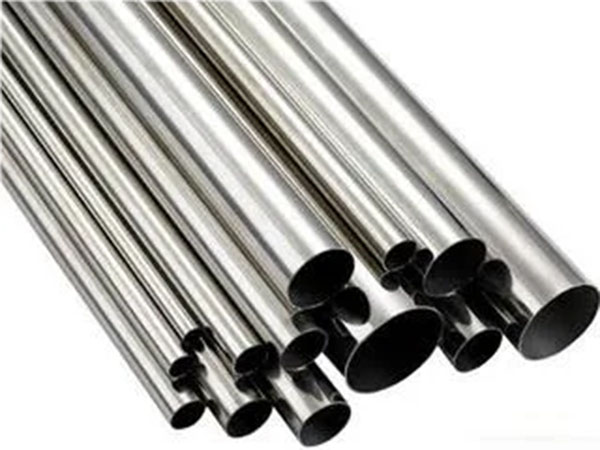Why stainless steel pipe can be "rust proof"
The reason why
stainless steel pipes can be "rust-proof" is mainly because of the special chemical composition and structure of the material itself. Although stainless steel pipes may corrod in some extreme environments, in the vast majority of cases, it can maintain a smooth, rust-free surface. The root causes of this performance are as follows:

1. The influence of chromium
Chromium is the basic element of stainless steel corrosion resistance, when the content of chromium in the steel reaches 10.5% or more, it will react with oxygen in the air to form a dense chromium oxide (Cr₂O₃) protective film on the metal surface. This layer of protective film is extremely thin, can not be seen by the naked eye, but it can effectively prevent the outside oxygen and water from penetrating the inside of the steel, thus preventing rust. If the surface is slightly scratched or damaged, chromium will quickly react with oxygen to re-repair the oxide film, and this "self-healing function" is the key to rust prevention.
2. Influence of nickel
In many stainless steel alloys, such as 304, 316 stainless steel, nickel is added. Nickel can further improve the stability of the oxide film, so that it can be more robust in acidic or humid environments, improve the corrosion resistance of stainless steel.
3. Low carbon content reduces the risk of corrosion
The carbon content of stainless steel is usually very low, such as the "L" in 304L, which means low carbon, reducing the possibility of intergranular corrosion. If the carbon content is too high, the carbon is easy to combine with chromium to form chromium carbide, which reduces the integrity of the oxide film and makes the steel easy to rust.
4. Influence of surface finish
The surface of the stainless steel pipe is generally treated with special treatment (such as polishing, pickling, etc.), so that the surface is smooth and not easy to attach dirt. The higher the surface finish of the steel pipe, the more it can avoid the accumulation of pollutants such as dust and salt, and reduce the risk of corrosion. Among them, some advanced stainless steel pipes can even maintain rust resistance in the Marine environment for a long time.
Although the stainless steel pipe has strong rust resistance, it is not absolutely stainless. Stainless steel may also rust under the following extreme conditions:
High salt environment: such as coastal or seawater environment, salt may destroy the oxide film, resulting in pitting.
Acid and alkali environment: Exposure to environments with high concentrations of strong acids, alkali or chloride ions (such as cleaning agents, bleach) may cause corrosion.
Anoxic environment: The oxide film requires oxygen to maintain stability and may fail under long-term anoxic conditions.
Conclusion
The reason why the stainless steel pipe "will not rust" is that it has a layer of chromium oxide film on the surface, which can actively protect the internal steel from oxidation. This characteristic makes stainless steel a corrosion-resistant, durable material that is widely used in construction, pipeline transportation, food processing, medical devices and other fields. However, in order to maintain its anti-rust properties, it is necessary to avoid extreme corrosive environments when used and maintain it regularly.
